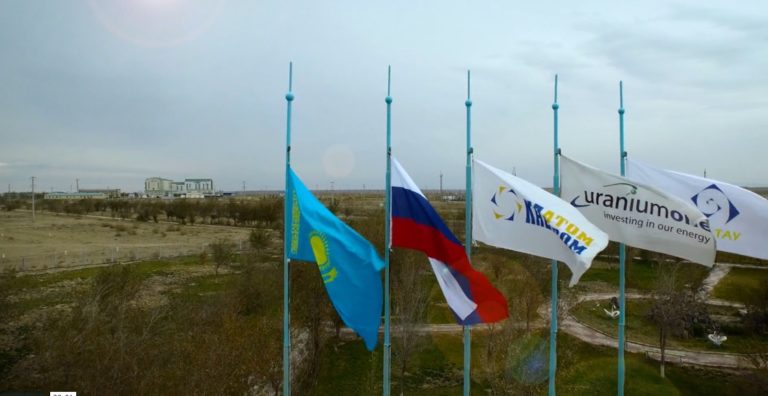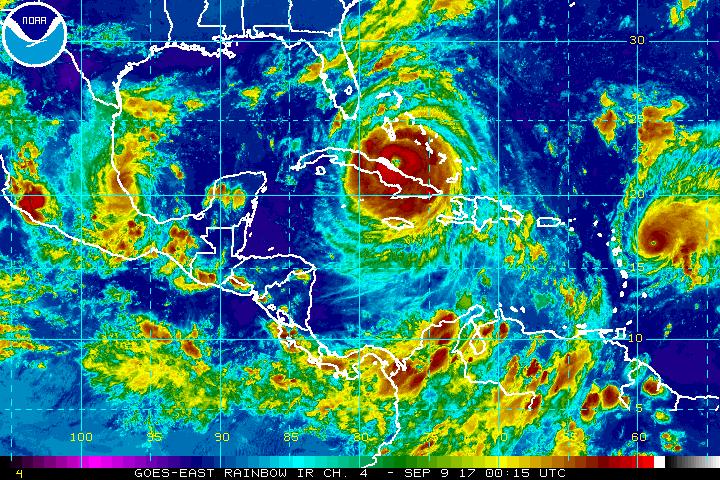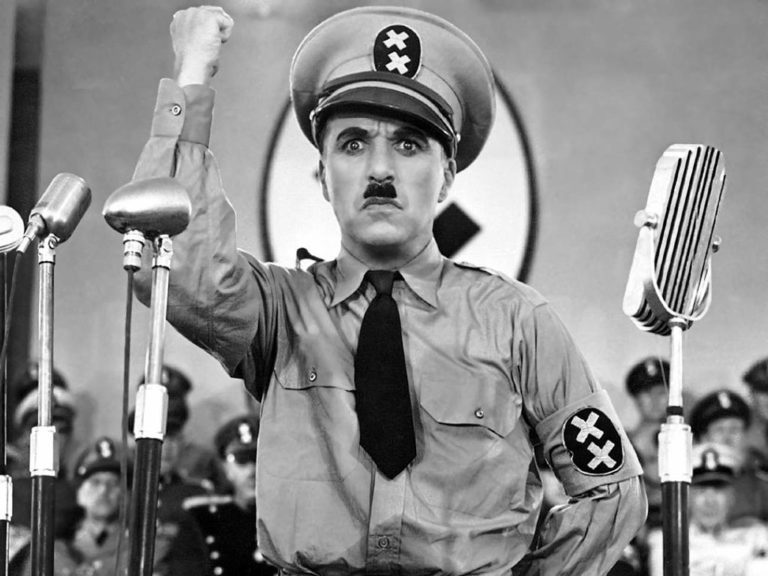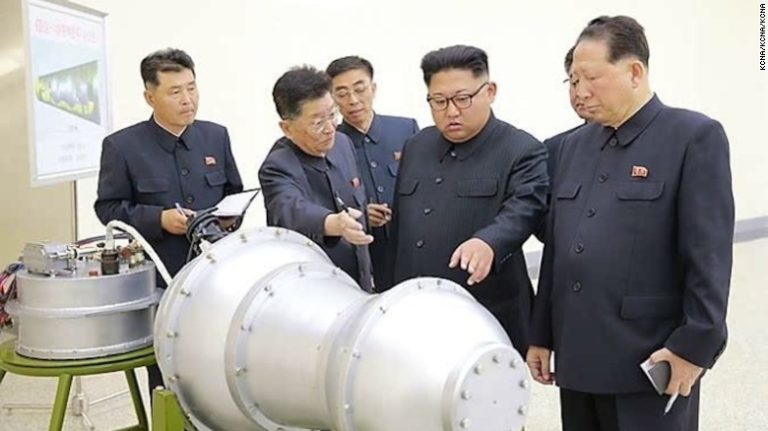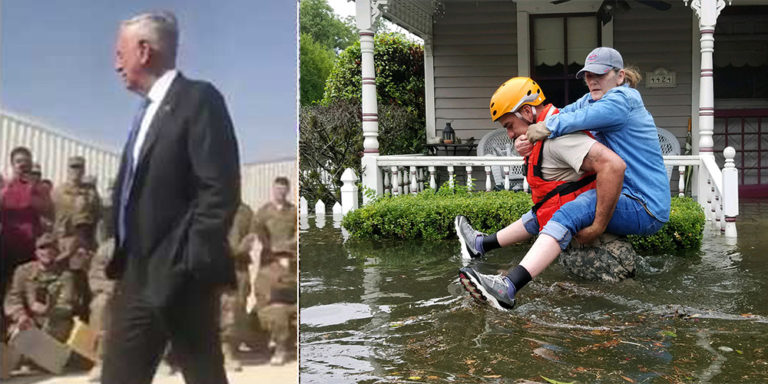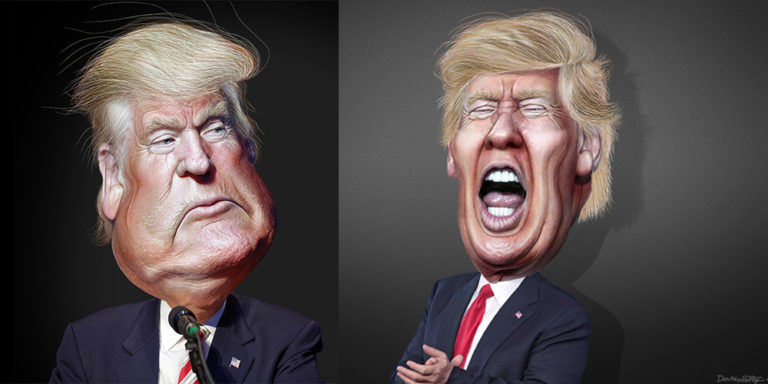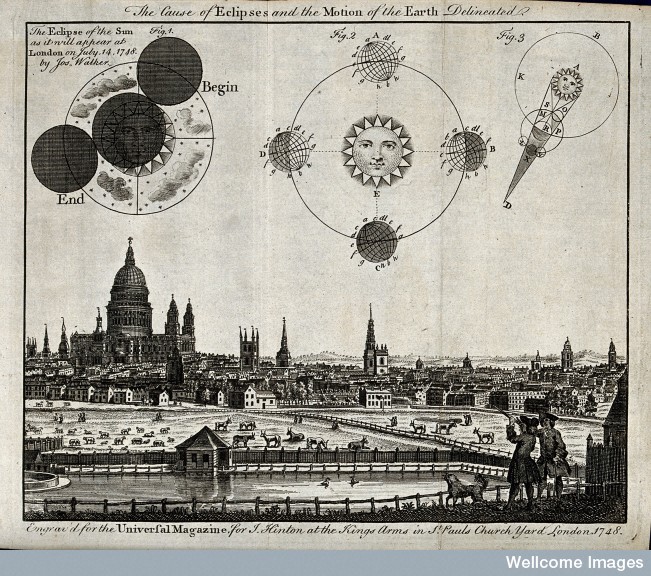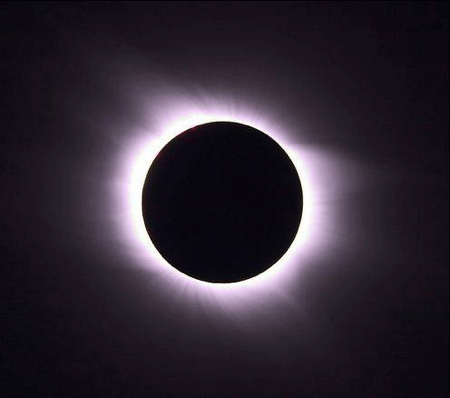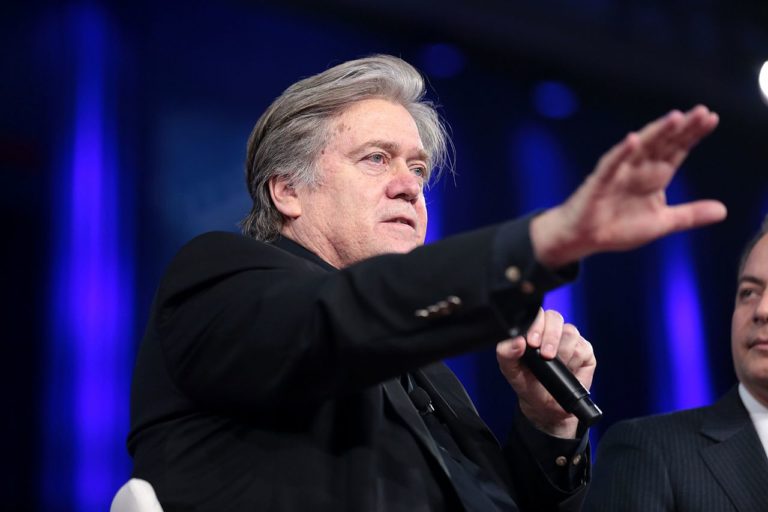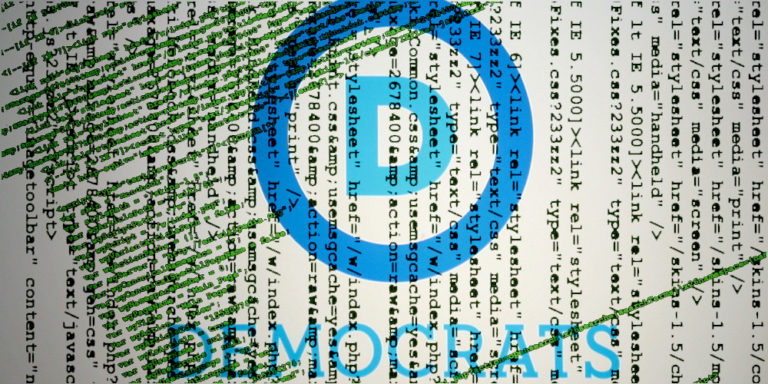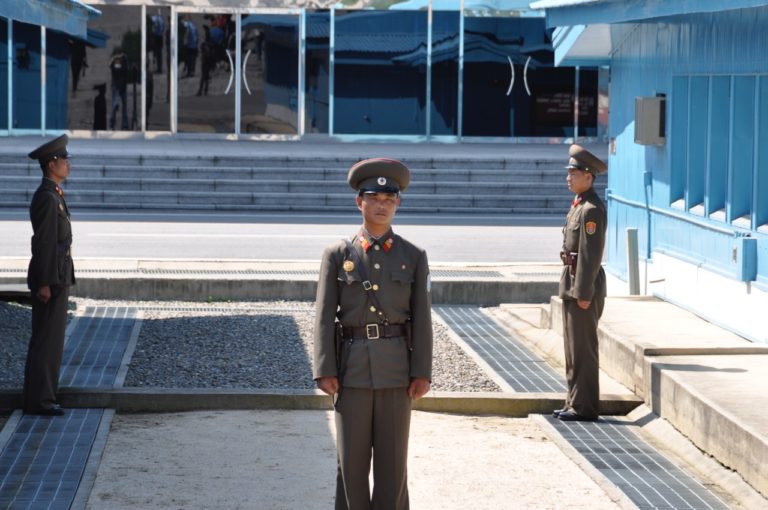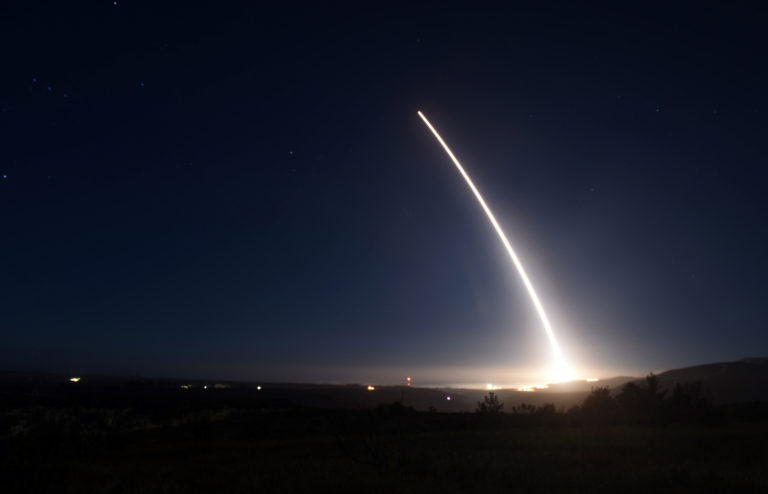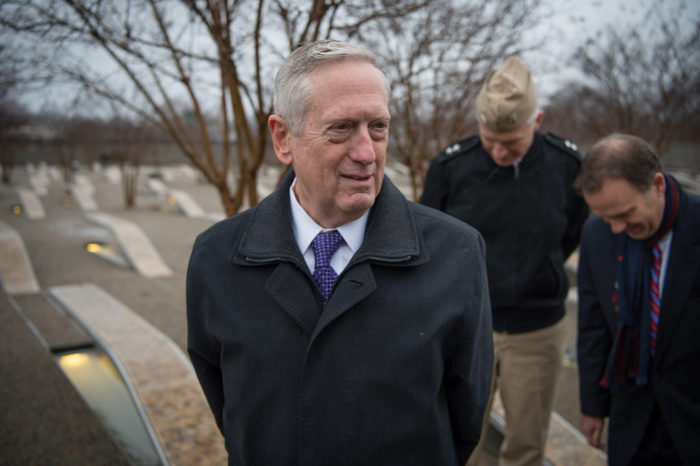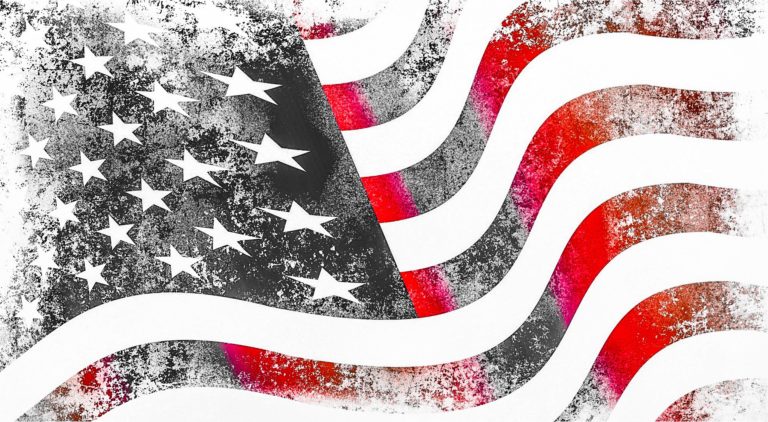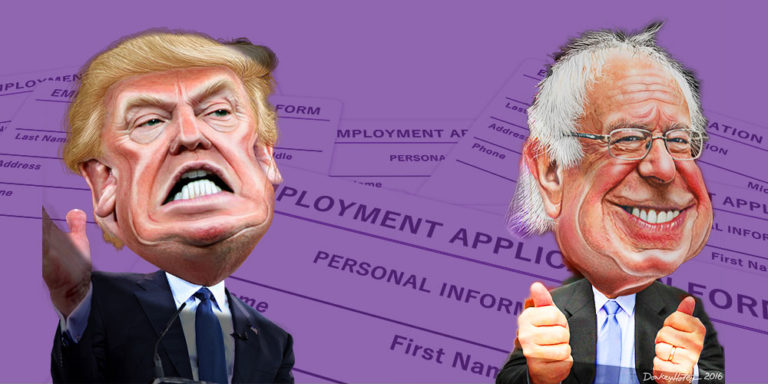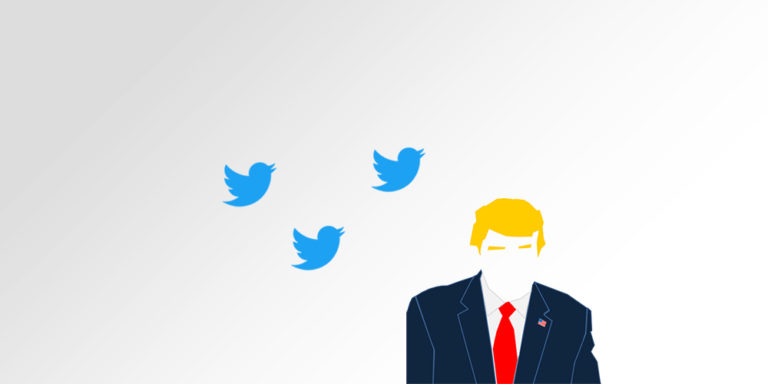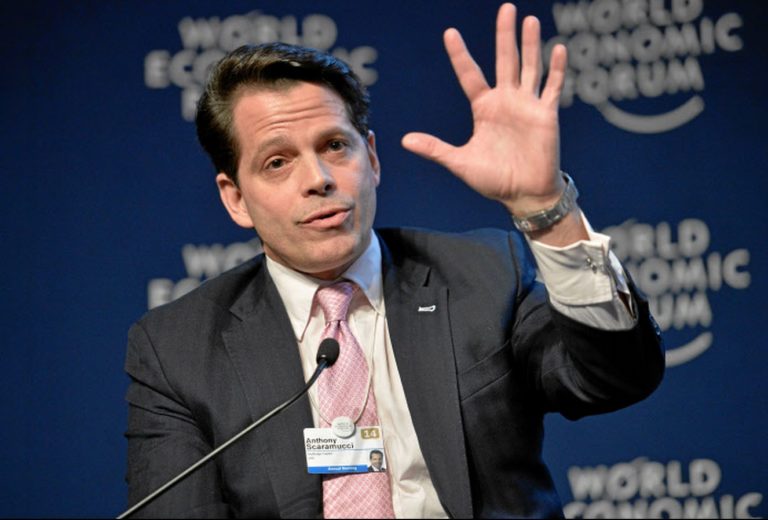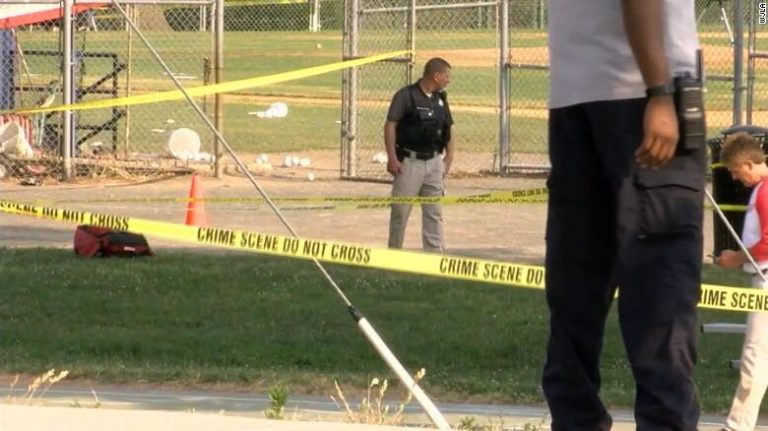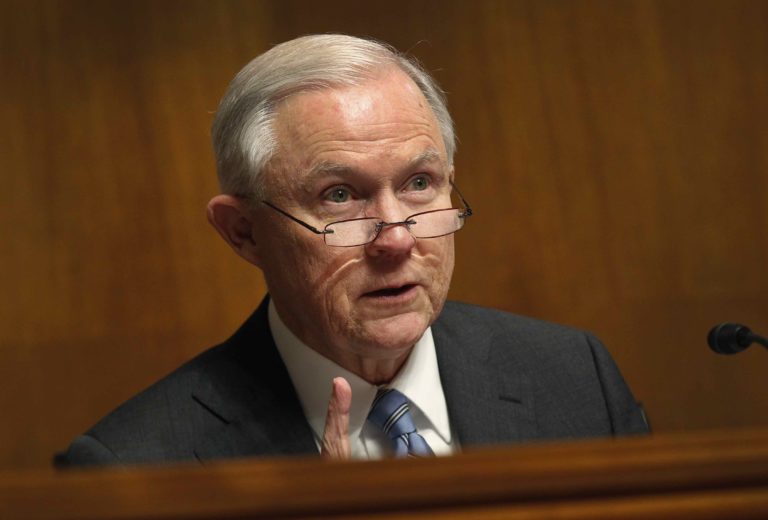This story was updated on Dec. 21, 2017 to reflect the Justice Department’s renewed interest in the Uranium One deal.
Attorney General Jeff Sessions is reviving a probe into Hillary Clinton’s role in the 2010 approval of a deal that allowed Rosatom, a Russian state-owned nuclear power company, to acquire Uranium One, a Canadian firm with significant uranium mining assets in the U.S., according to an NBC News Report.
The State Department, which Hillary Clinton led at the time, holds one of the nine seats on the Committee on Foreign Investment in the United States (CFIUS), a panel chaired by the Treasury Department that is charged with evaluating the national security implications of foreign acquisitions of U.S. assets. While there is no indication Clinton intervened in the deal, a New York Times report that Uranium One executives made donations to the Clinton Foundation led some, including President Donald Trump, to suspect pay-for-play.
Uranium deal to Russia, with Clinton help and Obama Administration knowledge, is the biggest story that Fake Media doesn't want to follow!
— Donald J. Trump (@realDonaldTrump) October 19, 2017
The Backstory
Over a period of several years, Russia’s state-owned nuclear power company, Rosatom, acquired a majority stake in Uranium One, a Canadian company that controlled significant U.S. uranium deposits. Because the deal potentially affected U.S. national security interests, this triggered a CIFIUS review. CFIUS determined that the deal did not threaten U.S. national security and unanimously recommended to President Obama that the transaction be allowed to go forward.
Why It’s Controversial
A New York Times investigation in 2015 revealed that Uranium One executives had donated heavily to the Clinton Foundation. Uranium One’s former chairman had long been among the Clinton Foundation’s largest donors. While his contributions to the Foundation predated the deal, other executives with Uranium One did make donations contemporaneous with the consideration by CFIUS and most of the donations were not disclosed by the Clinton Foundation. Further, the same month the deal went through, Bill Clinton was paid $500,000 by a Kremlin-linked investment bank to give a speech in Moscow.
Also troubling, a recent report by John Solomon and Alison Spann in The Hill revealed that before the deal was approved, the FBI uncovered evidence of a Russian bribery scheme related to Rosatom’s efforts to gain control of Uranium One. According to the report:
“Federal agents used a confidential U.S. witness working inside the Russian nuclear industry to gather extensive financial records, make secret recordings and intercept emails as early as 2009 that showed Moscow had compromised an American uranium trucking firm with bribes and kickbacks in violation of the Foreign Corrupt Practices Act, FBI and court documents show.”
Senator Chuck Grassley is now investigating whether this was considered before the deal was approved: “The fact that Rosatom subsidiaries in the United States were under criminal investigation as a result of a U.S. intelligence operation apparently around the time CFIUS approved the Uranium One/Rosatom transaction raises questions about whether that information factored into CFIUS’ decision to approve the transaction,” he wrote in a series of letters to 10 government agencies.
What to Make of It
Given that Clinton was one of the more hawkish members of Obama’s cabinet, she was among those most likely to block it. It’s reasonable to speculate that the donations by Uranium One executives to the Clinton Foundation could have been an attempt to secure her support. As the Washington Post’s Callum Borcher wrote, “it is virtually impossible to view these donations as anything other than an attempt to curry favor with Clinton.”
None of this looks good, but there’s no indication that Clinton took any action to encourage the deal’s approval. Most CFIUS decisions are handled at the deputies level, although occasionally more controversial matters rise to the principals. And the State Department’s representative on CIFIUS, Jose Fernandez, told Time that Clinton “never intervened with me on any CFIUS matter,” including this one.
Further, the State Department was not solely responsible for the approval of the deal. Eight other federal agencies and the Canadian government also signed off. The concern about Uranium One was U.S. dependence on imported uranium for nuclear power. However, uranium ore from the U.S. mines owned by Uranium One was not licensed for export. That was enough to allay concerns of the CFIUS panel.
Bottom Line:
Rosatom’s acquisition of Uranium One did not give Russia 20% of America’s uranium. It actually gave Russia no uranium at all. Unless President Trump decides to issue an export license permitting the export of uranium ore from these mines to Russia, something which President Obama declined to do, this deal does not give Russia one ounce of American uranium. Besides, as one of the world’s largest uranium producers, Russia hardly needs U.S. uranium.
While the donations to the Clinton Foundation from people linked to Uranium One look shady, there’s no evidence that they prompted any action from Clinton. Clinton did not singlehandedly turn over U.S. uranium to Russia, but she didn’t stand in the way either.

